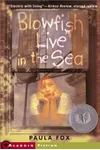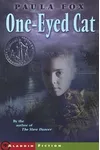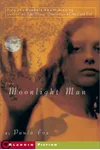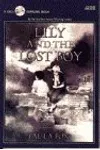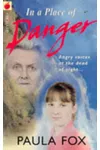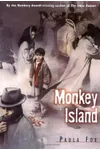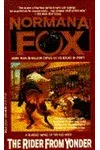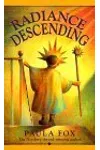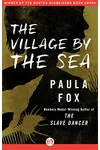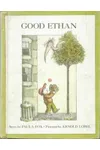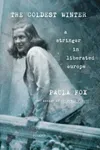Picture an American storyteller whose words danced between the raw truths of childhood and the quiet turmoil of adult life—meet Paula Fox! Born in 1923, Fox spun tales that captured hearts across generations, earning her the prestigious Hans Christian Andersen Award in 1978 for her children’s books. Her adult novels, once overlooked, sparked a literary revival in the 1990s, cementing her as a luminary of American literature.
With a life as layered as her stories, Fox’s journey from a turbulent childhood to literary acclaim is a tale of resilience and brilliance. Let’s dive into the world of Paula Fox, where every page hums with insight and emotion.
The Making of Paula Fox
Born on April 22, 1923, in New York City, Paula Fox’s early life was anything but stable. Her parents, both screenwriters, were distant, leaving her in a foundling home days after birth. Rescued by her Cuban grandmother, Fox bounced between homes in the U.S., Canada, and Cuba, absorbing a patchwork of experiences that shaped her keen eye for human connection. She studied at Columbia University, worked as a news reporter in Europe, and taught at the State University of New York, but it wasn’t until her 40s that she turned to writing full-time, channeling her restless spirit into stories.
Paula Fox’s Unforgettable Stories
Fox’s children’s books are masterpieces of emotional depth, tackling tough themes with grace. Her 1973 novel, The Slave Dancer, a haunting tale of a boy forced to play music on a slave ship, won the 1974 Newbery Medal for its unflinching look at the horrors of the slave trade. A Place Apart (1980) earned a National Book Award, weaving a story of a girl navigating grief and identity. One-Eyed Cat (1984), a Newbery Honor Book, captures a boy’s guilt after a forbidden act, showcasing Fox’s knack for exploring moral complexity.
Her adult novels, like Desperate Characters (1970), delve into the quiet tensions of relationships, earning praise for their sharp prose and psychological depth. Initially out of print by 1992, these works roared back to life in the 1990s, thanks to champions like novelist Jonathan Franzen. Fox’s memoirs, Borrowed Finery (2001) and The Coldest Winter (2005), offer raw glimpses into her chaotic childhood and post-war Europe, blending vulnerability with lyrical precision.
Fox’s style—straightforward yet profound—mirrors her life’s contrasts. She wove themes of isolation, resilience, and the fragile bonds between people, creating stories that feel both intimate and universal.
Why Paula Fox Matters
Paula Fox’s legacy lies in her fearless storytelling. Her children’s books gave young readers tools to grapple with life’s complexities, earning her global acclaim, including the 1978 Hans Christian Andersen Award. Her adult novels, once underappreciated, now stand as pillars of American literature, celebrated for their insight into human nature. Fox’s revival in the 1990s, sparked by a new generation of writers, proves her work’s timeless power. Inducted into the New York State Writers Hall of Fame in 2011, she remains a beacon for storytellers who dare to explore life’s shadows.
- About Paula Fox
- Born: April 22, 1923, New York City
- Died: March 1, 2017, Brooklyn, New York
- Key Works: The Slave Dancer, Desperate Characters, Borrowed Finery
- Awards: Hans Christian Andersen Award (1978), Newbery Medal (1974), National Book Award (1983)
Snag The Slave Dancer or Desperate Characters and dive into Paula Fox’s world of heart-wrenching, beautifully crafted stories! Her words will linger long after the last page.



